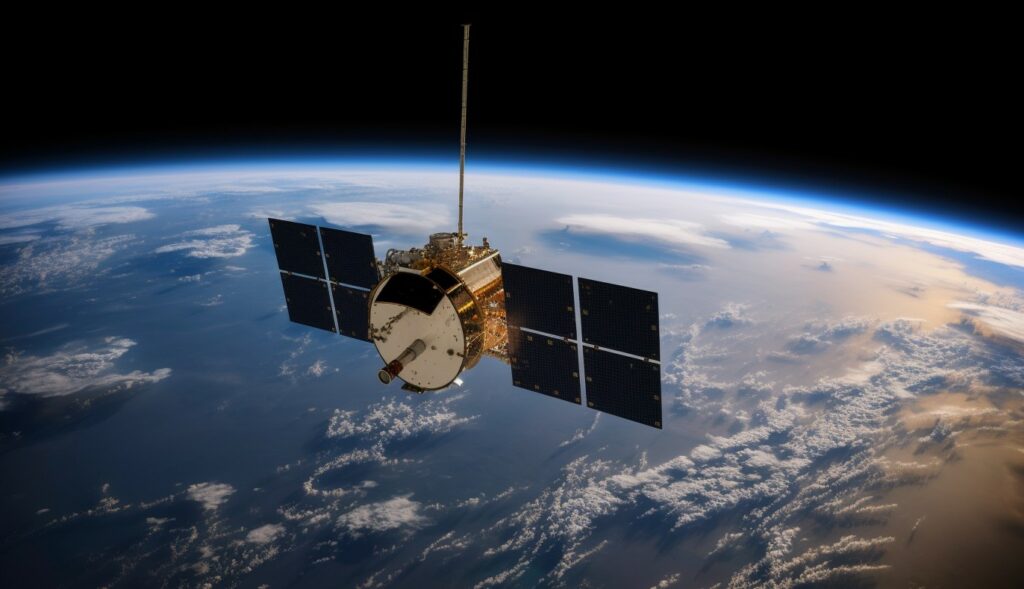
Chinese scientists have unveiled a compact space launcher, initially designed to remove dangerous space debris, but which could potentially be used as a weapon. The project was conceived by engineers from Nanjing, Shanghai, and Shenyang, and the results were published in the peer-reviewed journal Acta Aeronautica et Astronautica Sinica.
The system is based on the principle of gunpowder ejection, known in China since the 9th century, but reworked for the space age. Unlike conventional weapons, which create flashes, vibrations, and clouds of smoke, the new system operates silently and cleanly: no light, no smoke, and almost no vibration. This was made possible by a closed, energy-absorbing gas mechanism.
When fired, a small charge creates a high-pressure gas that pushes a piston. A specially weakened section of the barrel collapses under a certain pressure, releasing the projectile. Upon exiting, it encounters a ring bent at a 35° angle, which dampens the main energy and vibrations by deforming inward. As a result, recoil almost completely disappears and the gas remains trapped inside, eliminating contamination of the orbit.
According to the authors, the 35° angle proved optimal: it reduced the maximum recoil force by more than 9% compared to 20° and limited the barrel displacement to just 3.45 mm. This is critical for spacecraft, where excessive vibrations or flares can damage sensitive instruments and reduce energy reserves.
Unlike electromagnetic railguns, which require massive power supplies, superconductors, and complex cooling systems, the new installation requires no external power supply, is easy to maintain, and can be mass-produced in conventional factories.
The device’s primary mission is to capture debris using a capsule with an expandable net, secure it, and drag it into the atmosphere, where it will burn up. However, experts admit that with minor modifications, the system could disable enemy satellites, depriving them of communications or information, without visible explosions or attacks, which could appear as a simple malfunction.
It is not known whether the development has reached the practical application stage. It is known that the project leader, Yue Shuai, associate professor at Nanjing University of Science and Technology, specializes in the dynamics and control of space weapons and already has two operational systems in orbit.
Although the 1967 Outer Space Treaty prohibits the use of nuclear weapons and requires the peaceful use of celestial bodies, it does not explicitly ban conventional kinetic systems, including this device.
Follow us on Google News to receive daily updates on cybersecurity. Contact us if you would like to report news, insights or content for publication.
